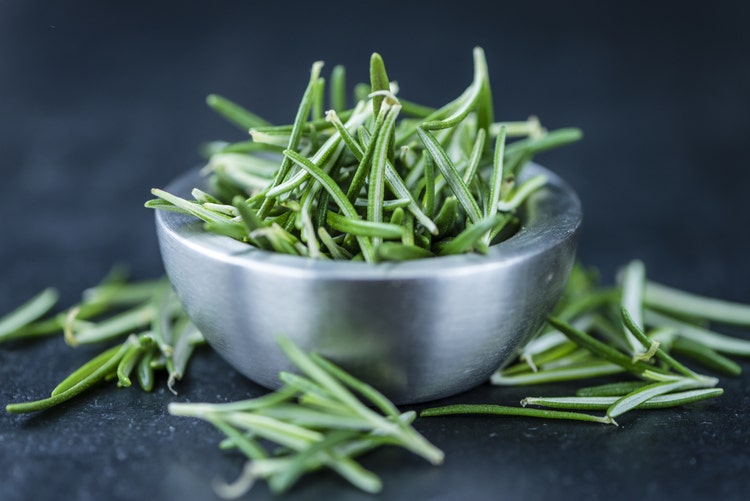Packing on Lean Muscle with
Plant-Based Nutrition

Having been a competitive endurance athlete since the age of 15, I found that — once I overcame the initial pitfalls — a plant-based whole-food diet offered several advantages. Among them: I didn’t get sick as often, I was able to train harder, and I stayed light, yet became stronger. Clearly, these are significant advantages when pursuing peak athletic performance. However, remaining light while having the ability to build muscular strength — and therefore functionality — was certainly one of the greatest attributes this novel way of eating gave me.
As endurance athletes, we don’t aspire to build muscular size (bulk), but rather to simply develop what muscle we do have to be strong, and thereby function efficiently. Building strength while not packing on bulk will raise strength-to-weight ratio. That’s good. And as a direct result, endurance will take a leap forward.
What about strength athletes such as bodybuilders — and even those who simply aspire to build and maintain healthy muscle mass? While endurance athletes aim to develop efficient muscles without increasing their size, bodybuilders are quite the opposite. Since bodybuilders are judged by appearance, they train accordingly. Bulk, symmetry and definition are the three visual points a bodybuilder will be assessed on. And since the way in which their muscles actually perform — their functionality — is not factored into scoring, time and effort will not be spent honing that aspect.
Can both benefit from a similar plant-based diet? Yes, in fact, they can.
Does more protein mean more muscle?
Immediately following an intense workout, those serious about packing on lean muscle will down a high-protein shake. They know that to repair muscle tissue after breaking it down in the gym requires the rebuilding properties for which protein is touted. But what most don’t consider is the protein source. In the minds of many, quantity is the priority; the more protein, the better. But does more really equate to better results? Let’s take a look.
The way to add extra protein to the diet, while not increasing fat or carbohydrate content, is to mechanically or chemically remove the fat and carbohydrate component. What remains is called protein isolate. The protein has been isolated from the other macronutrients of the food and as such, its ratio has increased. Some manufactured isolates register protein content in excess of 90 percent. But once isolated, it is no longer a whole food and therefore harder for the body to digest, assimilate and utilize. Plus, protein isolates are inherently acid-forming. And with the onset of an acidic body, functionality declines.
It’s true that when a traditional acid-forming, post-workout smoothie that contains protein isolate is swapped out for a plant-based whole food option, muscular size loss is likely. Understandably, this will lead to concern for those athletes whose goal it is to pack on muscle mass. But what they are losing in size is simply inflammation.
Eat plants, work hard, build muscle
Immediately following a weight-training workout, the muscles will be broken down and thus inflamed. Acid-forming food also creates inflammation. Therefore, the consumption of a traditional post-workout smoothie that contains protein isolates will exacerbate the level and rate of inflammation. With inflammation comes size. But, with inflammation also comes a reduction in functionality. As the muscles become less functional, their ability to lift weight declines.
That’s a problem, since lifting heavy weight is what makes muscles strong — and big. If the body reaches a less functional state, it simply won’t have the ability to work as intensely. And without the capacity to train hard, muscles cannot continue to grow. In addition to inflamed muscles not having the capacity to lift as much weight, more time is required between training sessions to allow inflammation to dissipate.
Post-workout plant-based nutrition: Helping you help yourself
In place of isolates and acid-forming animal foods, there are a host of plant-based options that will minimize inflammation. Post workout, excellent plant-based protein sources include hemp, pea and rice protein. And while protein is a crucial component for muscle repair and building, so too are essential fatty acids (omega-3 and omega-6), vitamins, minerals, enzymes, probiotics, antioxidants and a host of other nutritional components that can be found in a variety of plant-based whole foods. This being the case, the post-workout smoothie may deliver greater results if it contains these components, not just any protein. Chlorella, a form of freshwater algae, is also an excellent addition to the post-workout smoothie because its exceptionally high chlorophyll content makes it one of the most alkaline-forming foods available. Plus, its protein percentage is almost 70 percent, naturally.
So while plant-based nutrition won’t necessarily make you a better athlete, it will allow you to train harder, thereby making yourself a better athlete. And as all great athletes know, their success hinges on their ability to pursue it. With improved functionality and less rest required between workouts, success can be closer to yours for the taking.
Photo credit: Copyright – Thinkstock, iStock – HandmadePictures.